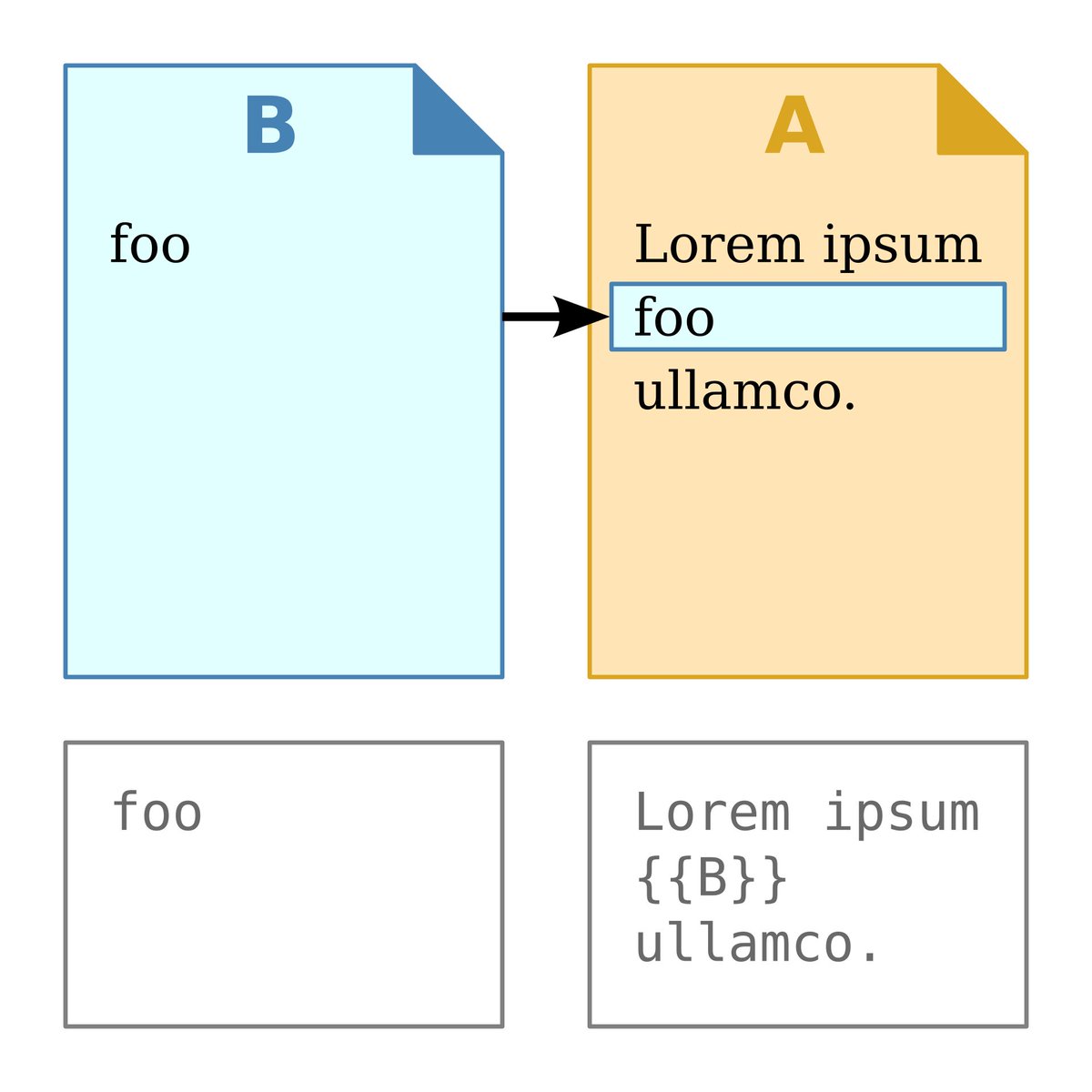
1/ Tools for Thought (TfT) are by their nature complex beasts.
Complex things require deep thinking and hard work.
Embrace the complexity, rejoice in the complexity. Then you will be constantly rewarded.
We have to put in the effort for the returns. No shortcuts.
#TfT
Complex things require deep thinking and hard work.
Embrace the complexity, rejoice in the complexity. Then you will be constantly rewarded.
We have to put in the effort for the returns. No shortcuts.
#TfT
2/ The word "Complex" sounds negative, but is not.
TfT tools enable new possibilities, but they require effort and commitment.
Is is not just about learning new software & features, but learning new things about ourselves.
We are the tool of thought, software is the helper.
TfT tools enable new possibilities, but they require effort and commitment.
Is is not just about learning new software & features, but learning new things about ourselves.
We are the tool of thought, software is the helper.
3/ TfT tools are complex because we have to make changes to ourselves - the way we think, process & use knowledge. We have to be willing to invest time, energy & in some cases money to learn new techniques, processes & workflows.
We become the algorithm (or set of algorithms)
We become the algorithm (or set of algorithms)
4/ We become the algorithm: tweaking our mind to have the mechanisms to successfully & consistently process & utilize information, to obtain value based results.
It hurts to change, habits are hard to break.
So we have to embrace the complexity. The gold is found in complexity
It hurts to change, habits are hard to break.
So we have to embrace the complexity. The gold is found in complexity
5/ It is understandable that new users want the tools to magically make them more creative, innovative and smarter.
It is understandable they want the perfect system from day one. Basically they want the "jack me into & pump with the knowledge"
It doesn't work that way.
It is understandable they want the perfect system from day one. Basically they want the "jack me into & pump with the knowledge"
It doesn't work that way.
6/ TfT is a journey of self-discovery and learning.
We start with the basics. Master the basics.
Then move on to the next feature, technique, workflow, etc. With each step we build on the foundation laid in prior steps.
We are an algorithm in the state of constant change.
We start with the basics. Master the basics.
Then move on to the next feature, technique, workflow, etc. With each step we build on the foundation laid in prior steps.
We are an algorithm in the state of constant change.
7/ No one can have a perfect system from the beginning.
It would mean your mind perfectly knows what and how to accomplish its goals and the perfect tool exists to match.
We are not that prepared, and that tool does not exist.
It would mean your mind perfectly knows what and how to accomplish its goals and the perfect tool exists to match.
We are not that prepared, and that tool does not exist.
8/ For those of us who have gained a level of proficiency, we need to help guide, yes shepherd new ones along the path.
We don't overwhelm, but we also don't hide that it is a journey.
Journey of time
Journey requires energy
There are obstacles to overcome.
We don't overwhelm, but we also don't hide that it is a journey.
Journey of time
Journey requires energy
There are obstacles to overcome.
9/ How do we help new ones?
We encourage them to move forward.
We show confidence in their ability to grow and learn new things. We did it, they can do it. You are not smarter than me, I am not smarter than you.
We did it. They can do it.
We encourage them to move forward.
We show confidence in their ability to grow and learn new things. We did it, they can do it. You are not smarter than me, I am not smarter than you.
We did it. They can do it.
10/ Encourage them to be modest. Simple goals. One step at a time.
Teach them to iterate: iteration means trying something new, throwing away what doesn't work & retaining what does.
This is not a waste, because we do it in small steps with little to lose, but much to gain.
Teach them to iterate: iteration means trying something new, throwing away what doesn't work & retaining what does.
This is not a waste, because we do it in small steps with little to lose, but much to gain.
11/ As they progress, introduce advanced concepts & more detailed workflows.
Commending them with each step forward.
Help them see the journey is to be enjoyed and the value of their system will steadily increase with each small iteration.
Teach them to embrace the complexity!
Commending them with each step forward.
Help them see the journey is to be enjoyed and the value of their system will steadily increase with each small iteration.
Teach them to embrace the complexity!
• • •
Missing some Tweet in this thread? You can try to
force a refresh









